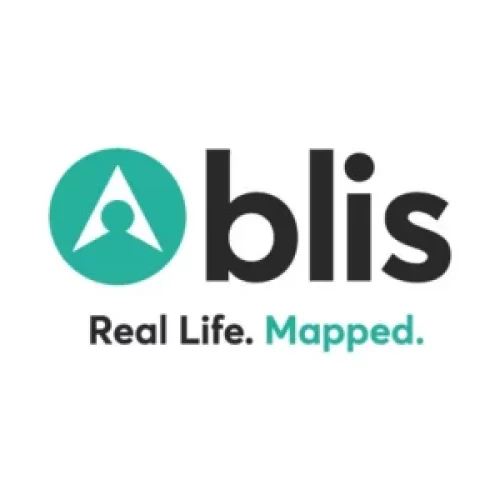Location data is now critical to how we use our mobile devices. Think how often you use Uber, or Google Maps. Or the value you get from the app that tracks your jogging. Mobile location data is valuable to advertisers too, allowing them to develop an understanding of how an audience behaves, or build an audience pool of users who share a common behaviour (like going to the gym). The trouble is, not all data is created equal, and a close look at what sort of location data is available to fuel mobile campaigns is required to help agencies and marketers make informed decisions.
To put a monetary value next to the issue: Mobile ad-spend in Australia grew 80% from 2014 to 2015, reaching around $1.5 billion AUD. This growth demands a closer look at the mechanics of how and where clients’ money is getting spent.
As an industry, we need to ‘lift the hood’. And to begin with, the market needs to get to grips with ‘centroids’ and how they affect campaigns – for good and bad.
Location data is a hugely powerful tool for building audiences. If a health and fitness brand knows it’s speaking to an audience of people who regularly go to the gym, the opportunity to deliver tailored, targeted and relevant messaging is revolutionary. There’s also a huge opportunity for scale. A health brand that’s advertising on mobile doesn’t just have to communicate with regular gym goers when they’re at the gym, they could talk to them at any time.
Within the mobile ad marketplace, an impression that includes location data is more valuable. For app publishers looking to make a profit, asking for access to a mobile device’s GPS data means any advertising space available on that device more attractive to advertisers. Mobile publishers know the value of location data, but when they don’t have permission to pass an anonymous user’s GPS coordinates into the bid stream, they often look for other ways to approximate their location. This can cause issues for advertisers looking to use location to build an audience.
When a devices GPS data is not available, a publisher might partner with 3rd party suppliers to approximate the user’s location. These suppliers use alternative data like cell towers or IP addresses to roughly get a fix on where the user might be. Happily for publishers, this technique often means their impressions are approximated to the centre of the CBD, when the user might actually be 20km away. For advertisers looking to target a whole city, or a whole state, centroids are just fine.
But for the more granular approach into location-based marketing, the approach where you build a reliable audience based on location habits that are evident in accurate location data, centroids are useless.
Centroids are the most common reason that Blis declines an impression that comes through our location accuracy validation platform. Blis declines to use up to 80% of all impressions with latitude and longitude coordinates that we see. However, when we talk to clients or brands about this, they are often unaware there’s even an issue. For mobile advertising to evolve and prosper in a transparent way, awareness in the market needs to lift.
Advertisers looking to get the most from their mobile advertising should be mindful of the presence of centroids in the marketplace and talk to their agency partner about the role centroids should, or shouldn’t play, in their next advertising campaign. As always, awareness, transparency and a trusting relationship are the key to unlocking the power of technology. Mobile advertising is no exception.
By Blis Australia and New Zealand MD Nick Ballard
To read the original article click here.


